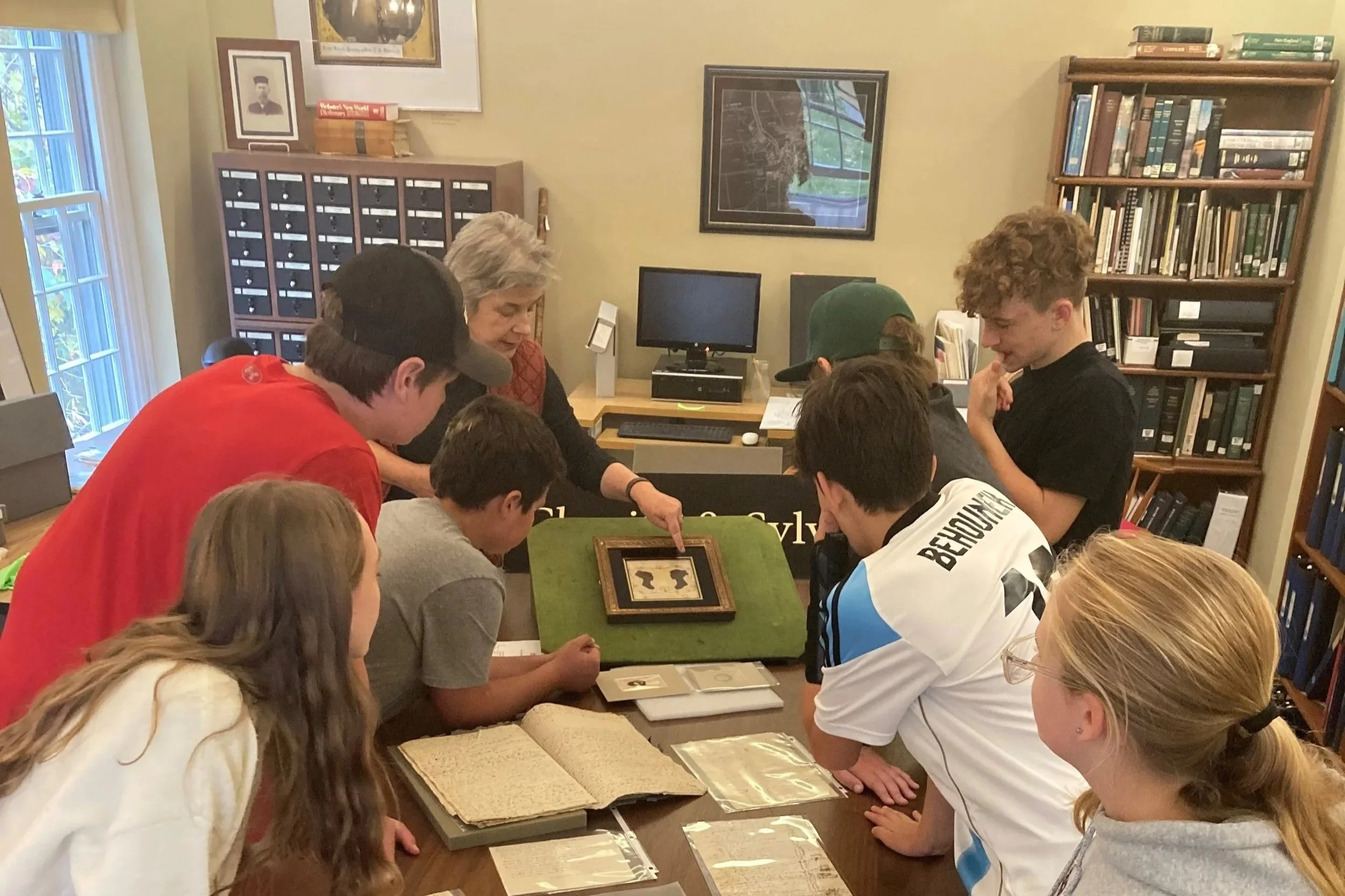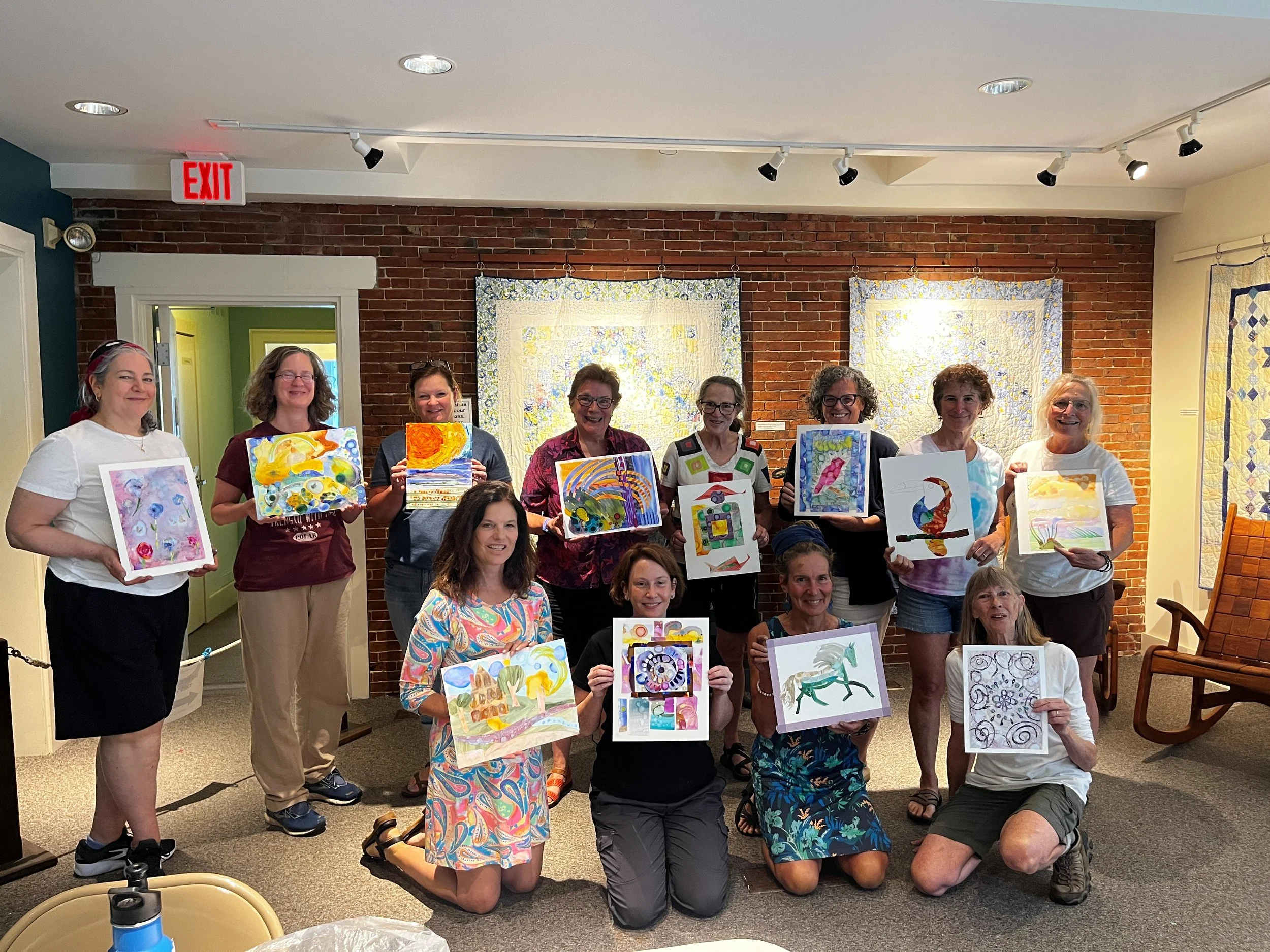William F. Brooks, Jr. Endowed Fund for History and Art Education
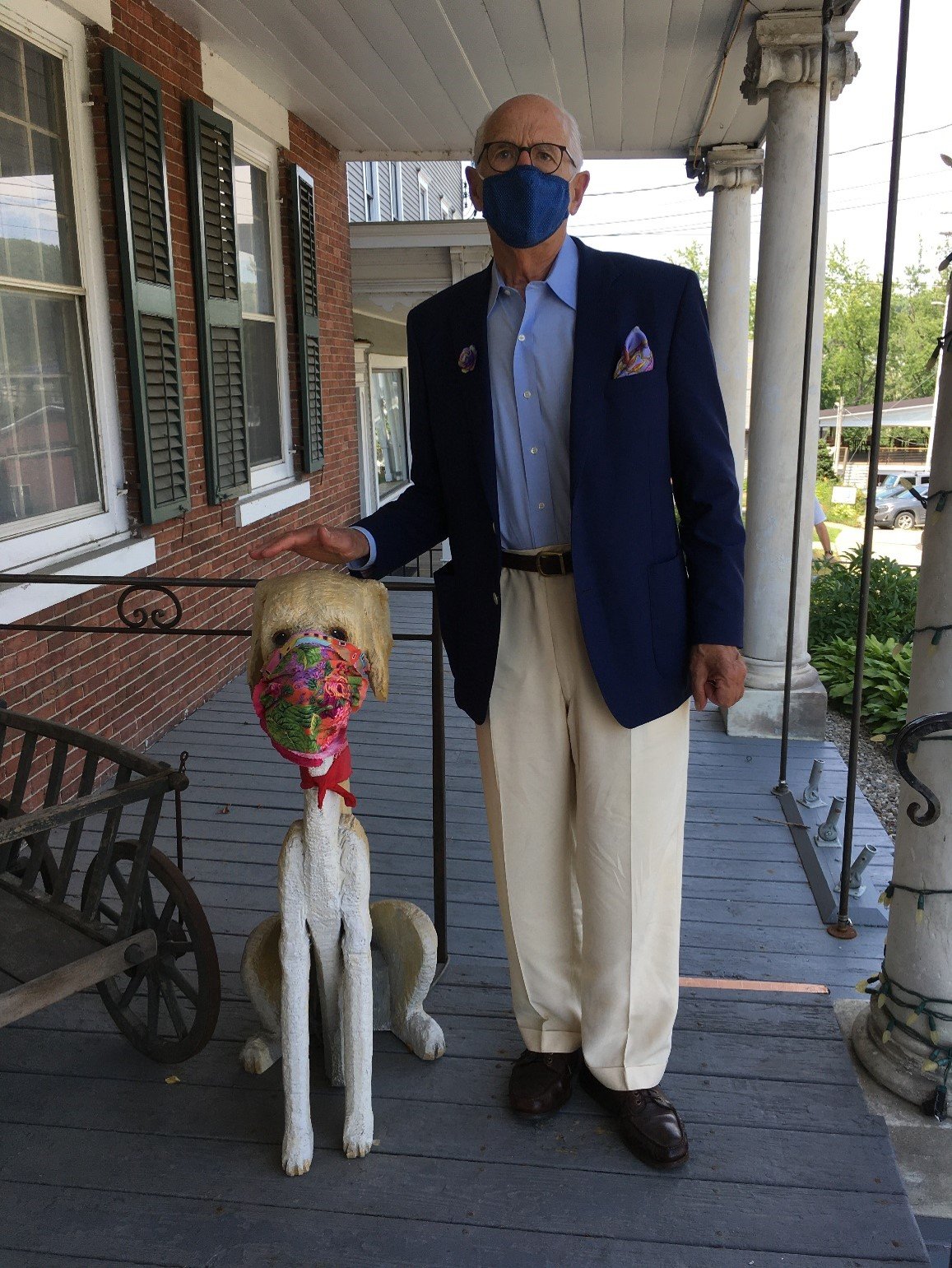

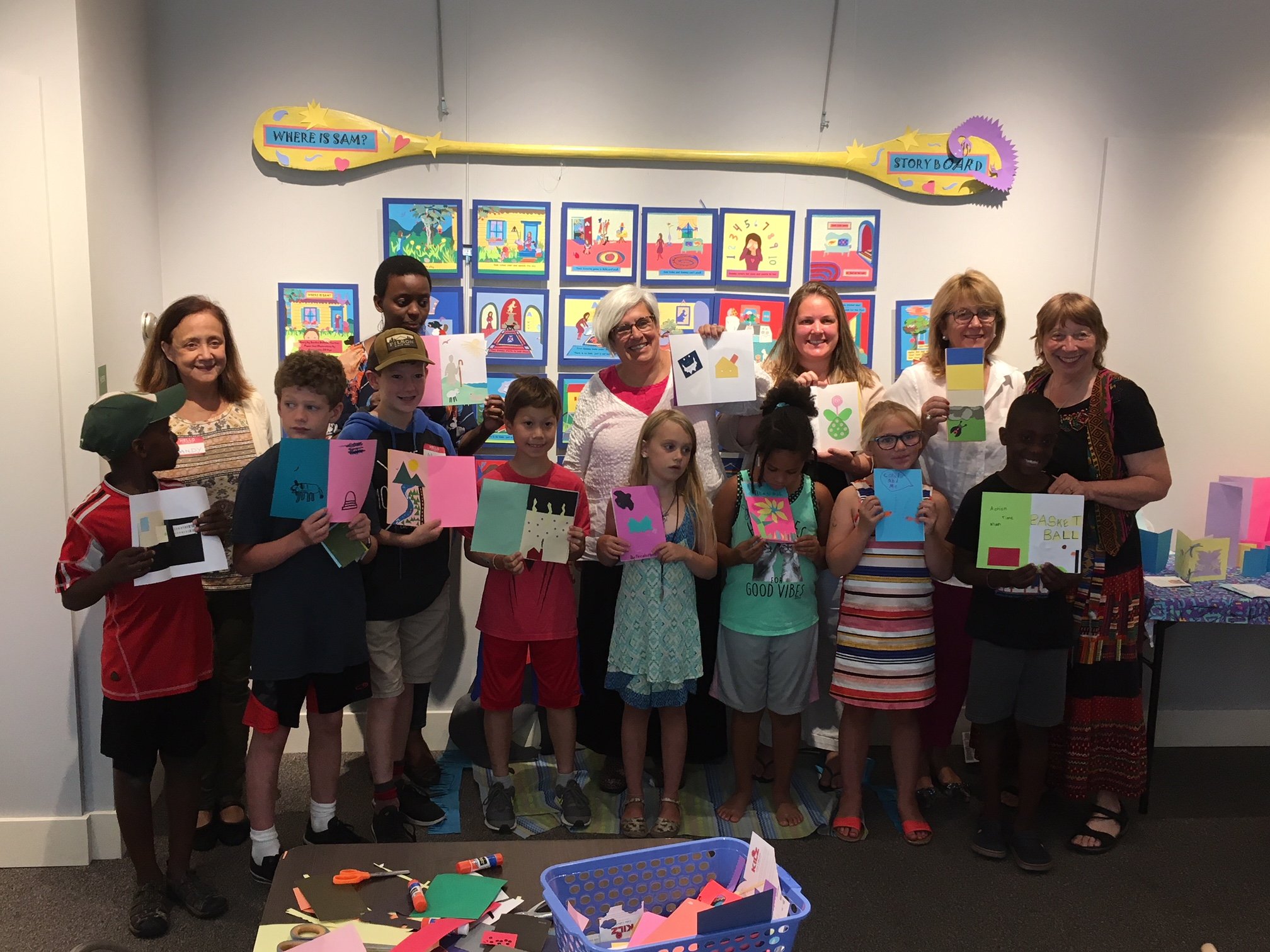
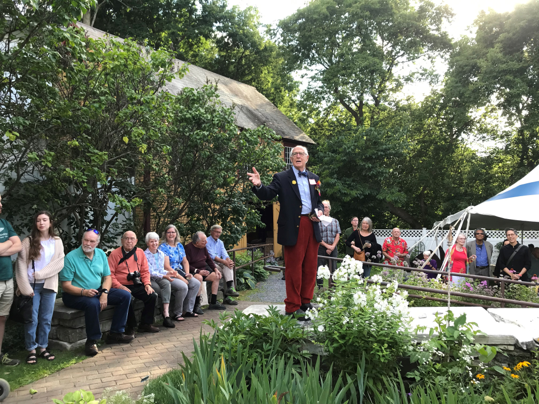
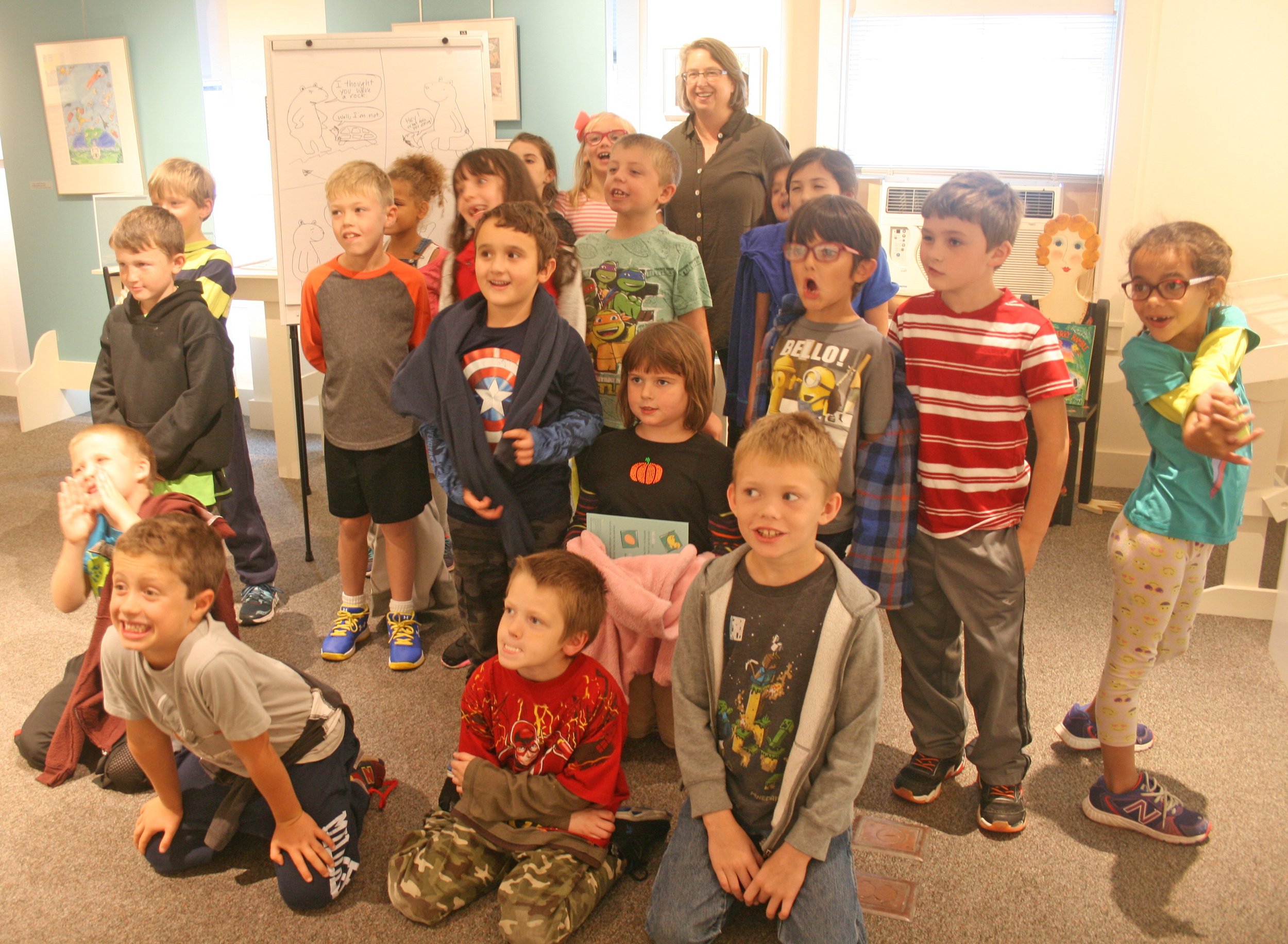


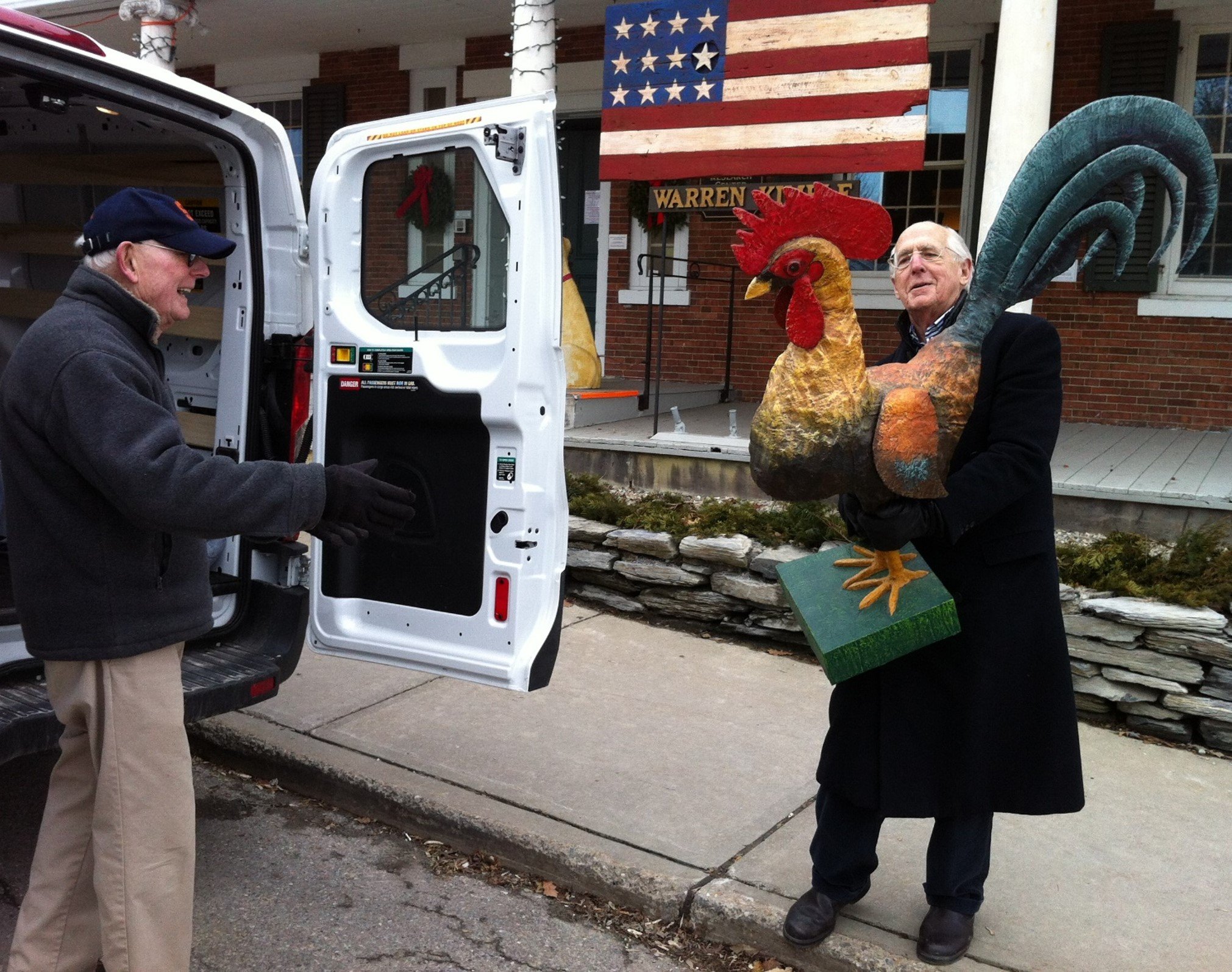
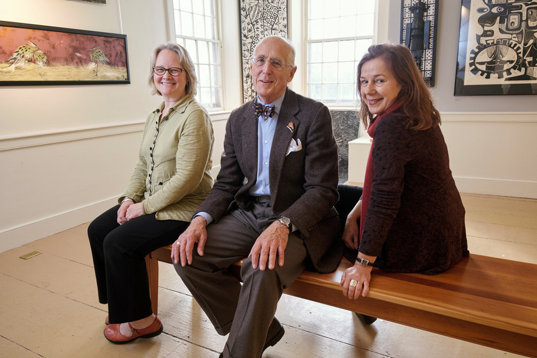
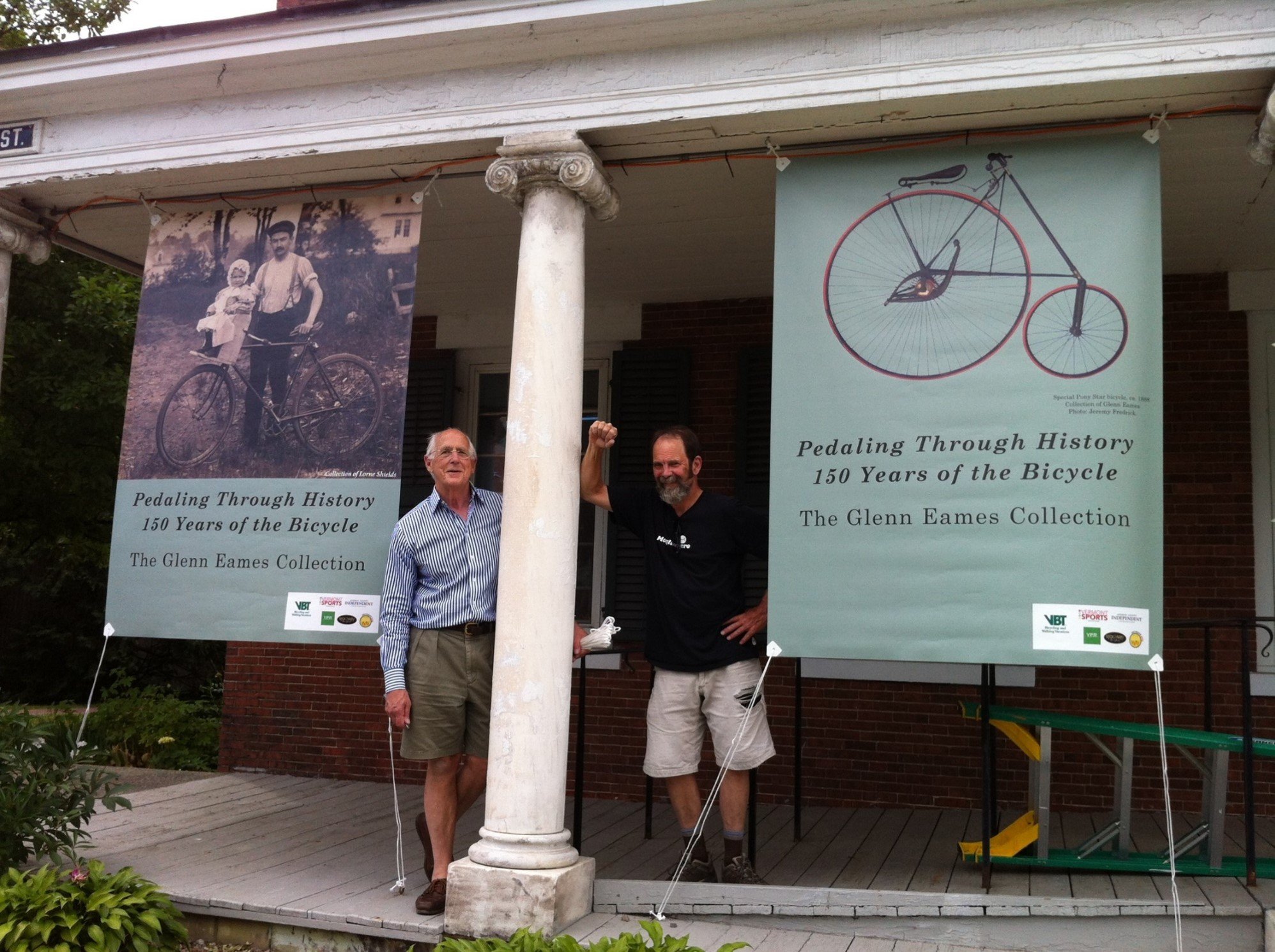
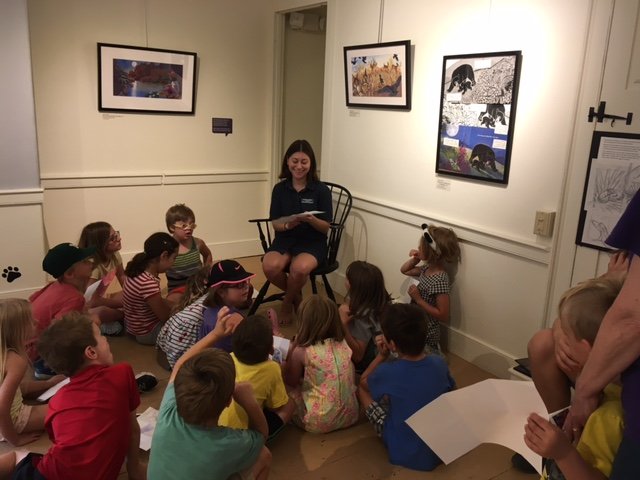
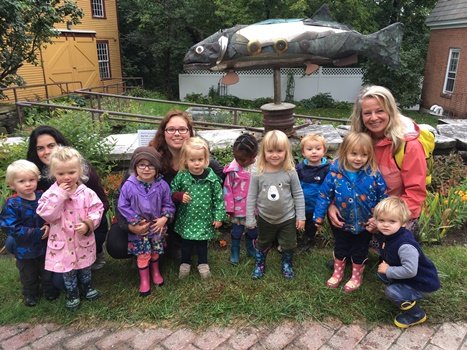
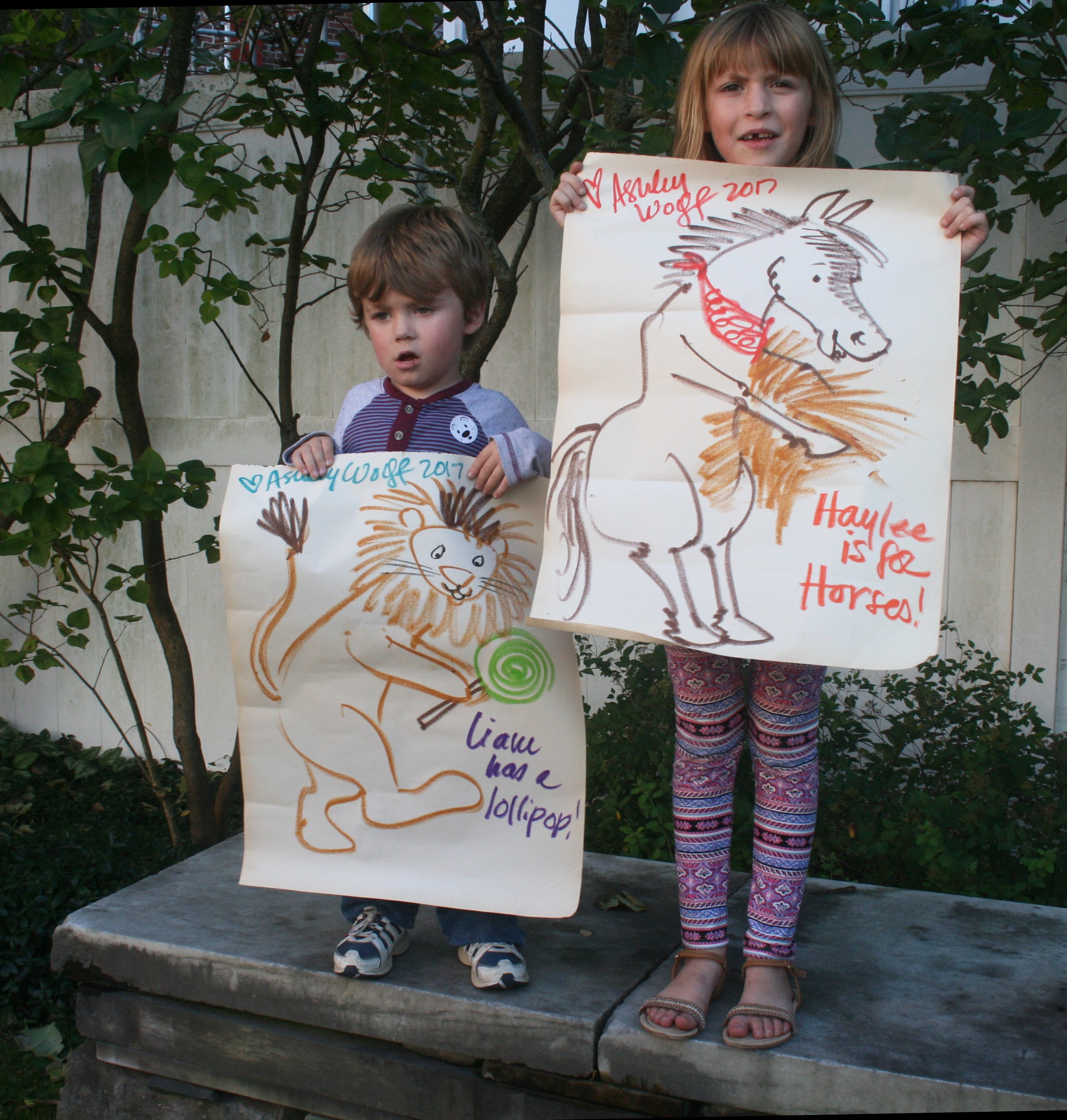
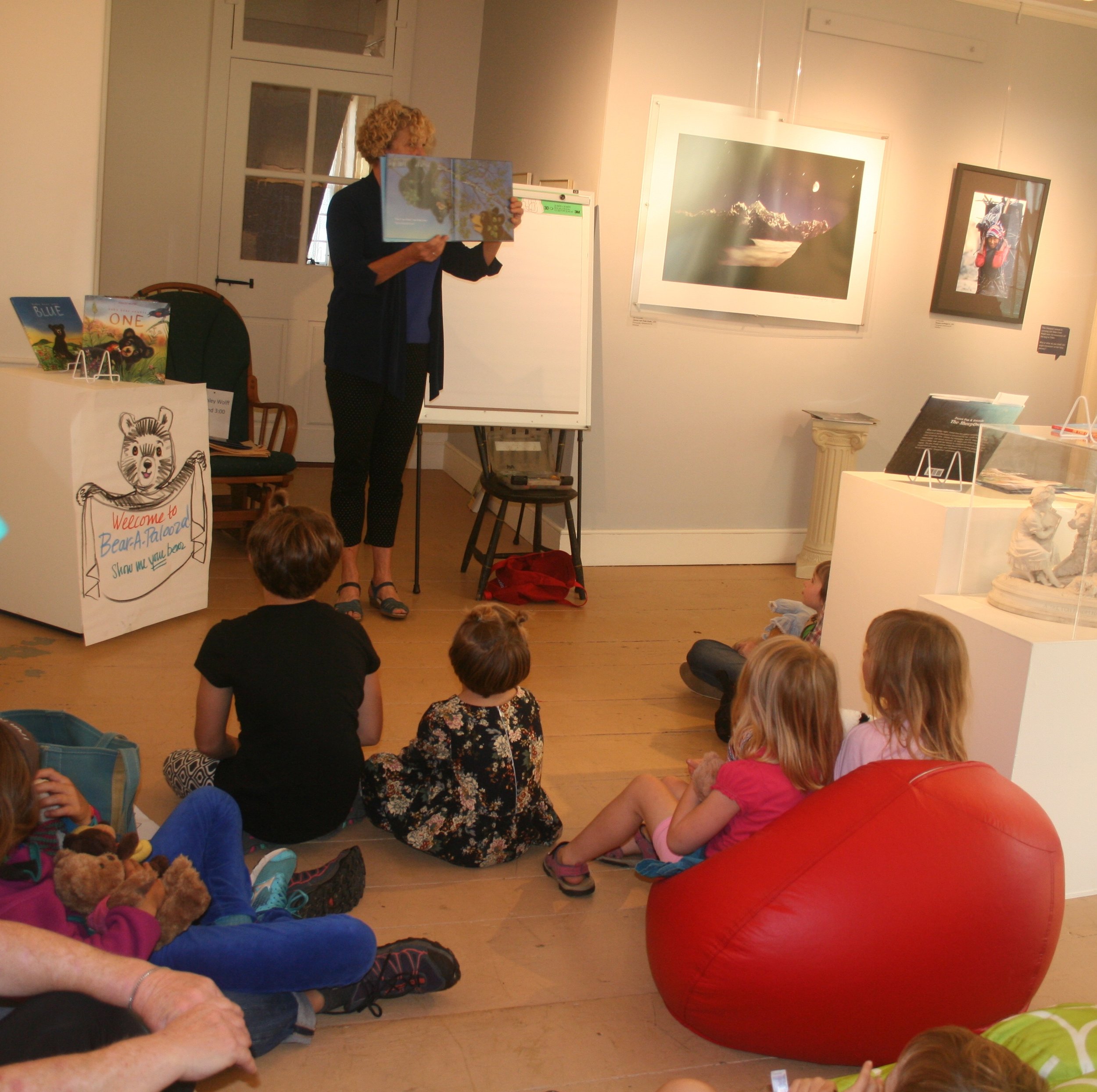
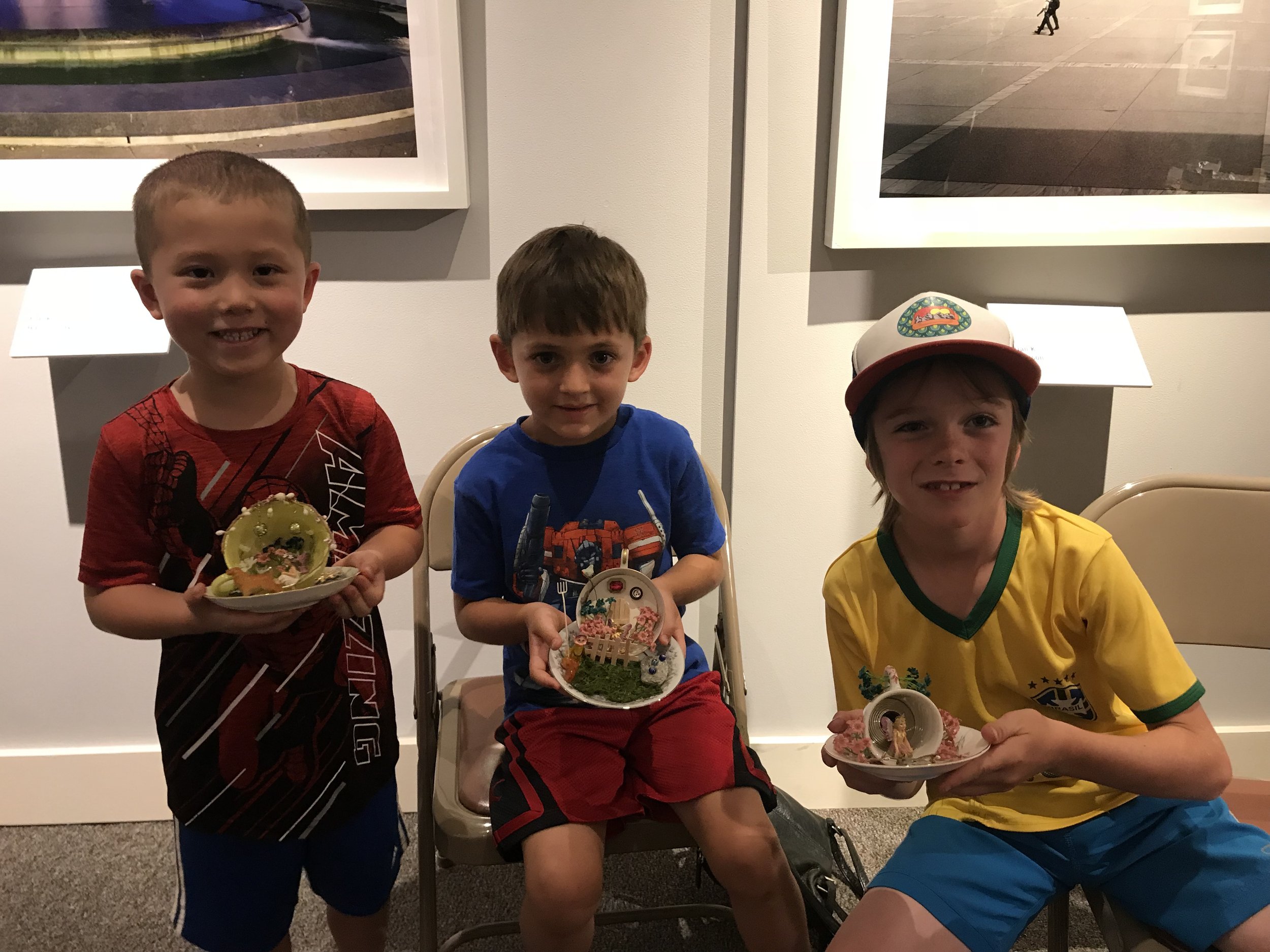
In honor of the retirement of the Henry Sheldon Museum’s former Executive Director, William F. Brooks, Jr. in 2021, an endowed fund was established in his name to support education staff and programs focused on history and art.
Here is a snapshot of some of ways this fund is bringing history, creativity, and community to life:
New Makerspace Opens
In August of 2024, we opened the doors to our new Makerspace, a creative exhibit space designed to inspire hands-on engagement with art and history. Equipped with tools for crafting, modeling, sewing, fiber arts and more, the space also hosts workshops for kids throughout the season.
Exploring Inclusive Local History
In alignment with our mission to make local history inclusive and relevant, we developed and piloted a new educational unit on Weybridge’s Charity Bryant and Sylvia Drake, one of America's earliest documented same-sex couples. With your support, we partnered with local educators to create classroom-ready curriculum materials that bring their story to life.
In the fall of 2024, we welcomed over 90 middle school students from Addison County to the Museum for a guided field trip that included:
Viewing original archival documents
Participating in silhouette art-making inspired by historic techniques
Engaging in discussions on identity, relationships, and social norms in early 19th-century Vermont
Students and teachers alike expressed deep appreciation for the opportunity to engage with meaningful, place-based LGBTQ+ history.
Exploring Museum Collections Through Alcohol Ink
This summer, our Alcohol Ink Workshop series brought community members of all ages into the Museum for expressive artmaking in collaboration with exploring the Museum’s object collection. Led by a local artist, Leigh Harder, this 2-part workshop experimented with color theory and abstract design to create original works inspired by the Museum’s objects. Participants drew creative inspiration directly from the Museum’s collections, blending art with history in meaningful ways. As one attendee shared:
“I love how we found inspiration from the artifacts and collections at the Sheldon Museum. What a wonderful resource!”
If you are inspired by this impact and would like to further strengthen the Fund, we welcome additional contributions to help ensure its continued growth and long-term sustainability. Every gift deepens our ability to offer free and low-cost educational programs to learners of all ages.
A statement from former Executive Director, Bill Brooks:
“Education, especially of history and the arts, has been central to me and my Brooks, Waterman, Ross, and Holmes relatives. My maternal Vermont grandparents Jacob Johnson Ross, M.D., and Hannah Elizabeth Holmes Ross met at UVM, and both later held various teaching positions in Vermont. Most of their children, including my mother Katherine Ross Brooks, and many of their grandchildren and great grandchildren enjoyed careers as teachers.
My paternal Massachusetts grandparents supported local education. As Mayor of Cambridge, William F. Brooks invited MIT to relocate from Boston to Cambridge in 1911, and his wife, Jesse Waterman Brooks, was elected head of the Cambridge School Committee, on which their son, my father, also served before relocating to Washington, D.C. after WWII. He was active and later President of the Harvard Club of Washington, D.C.
Summers were spent at the family camp at Long Point, North Ferrisburgh, VT where I visited the Shelburne Museum and the Sheldon Museum. In Washington, D.C., I was a frequent visitor to the National Gallery of Art, the Phillips Collection and the Corcoran Gallery of Art. College summers were spent as a research intern at the Office of Emergency Planning and the National Archives. Art research projects at St. Albans led me to study and visit the “Grief” cast bronze sculpture located in the Rock Creek Cemetery by Augustus Saint-Gaudens, commissioned by Henry Adams in memory of his wife Marian "Clover" Adams.
Later while at Kenyon, I studied the “Titanic” granite sculpture to honor those who gave their lives by Gertrude Vanderbilt Whitney, then located on the banks of the Potomac where the Kennedy Center would be built.
While a banker on Maryland’s Eastern Shore, I hosted a fundraiser for the local arts council at my Wicomico River waterfront home to benefit the Helen Brent Scholarship Fund and began my introduction to American Folk Art that led me to New York University to earn a master’s degree in American Folk Art Studies and thereafter to accept positions at Frog Hollow the Vermont State Craft Centers, the Calvin Coolidge Foundation, and the Sheldon Museum, all offering history and arts education.
Especially at the Sheldon, we regularly hosted children and adult art/history exhibits, programs, lectures, and tours. My hope is that by establishing the William F. Brooks, Jr. Endowed Fund for History and Art Education, the annual interest will be used to help fund museum education staff and the continuation of public education presentations.
I invite you to join in the effort. I thank you for your friendship, support, and belief in the power of art and history.”


